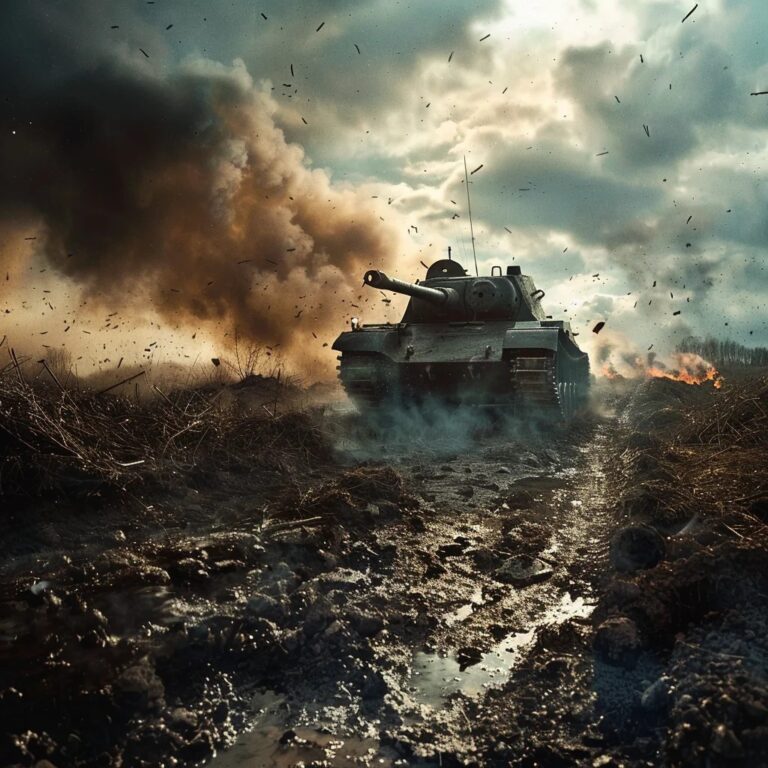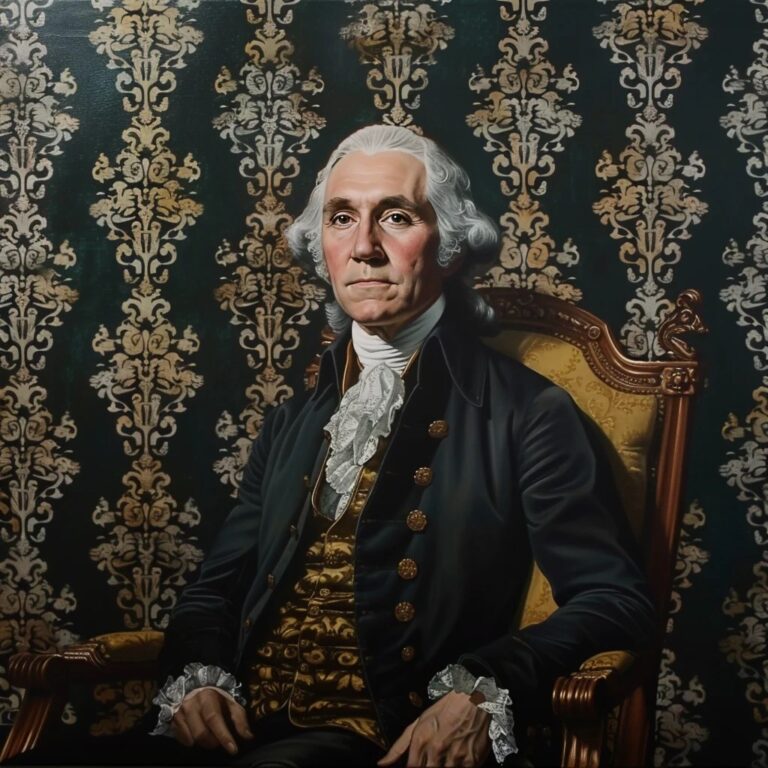World War II began on September 1, 1939, when Germany invaded Poland.
It involved over 100 million people from more than 30 countries.
The war saw the widespread use of new technologies, including radar, jet engines, and nuclear weapons.
The United States entered the war after the Japanese attack on Pearl Harbor on December 7, 1941.
D-Day, the Allied invasion of Normandy on June 6, 1944, was the largest amphibious assault in history.
The Holocaust, perpetrated by Nazi Germany, led to the genocide of six million Jews and millions of others.
Winston Churchill, Franklin D. Roosevelt, and Joseph Stalin were key Allied leaders, often referred to as the 'Big Three.'
The Battle of Stalingrad (1942-1943) was one of the deadliest battles in history, with over two million casualties.
The war ended in Europe on May 8, 1945, with the unconditional surrender of Germany, known as V-E Day.
Japan surrendered on August 15, 1945, following the atomic bombings of Hiroshima and Nagasaki, known as V-J Day.
The United Nations was established in 1945 to promote international cooperation and prevent future conflicts.
World War II significantly altered the political and social structure of the world, leading to the Cold War between the United States and the Soviet Union.
Women played a crucial role in the war effort, serving in military and civilian roles across various nations.
The war led to significant advancements in medicine, including the mass production of penicillin.
The economic and industrial capabilities of the United States were crucial to the Allied victory, leading to its emergence as a superpower.



